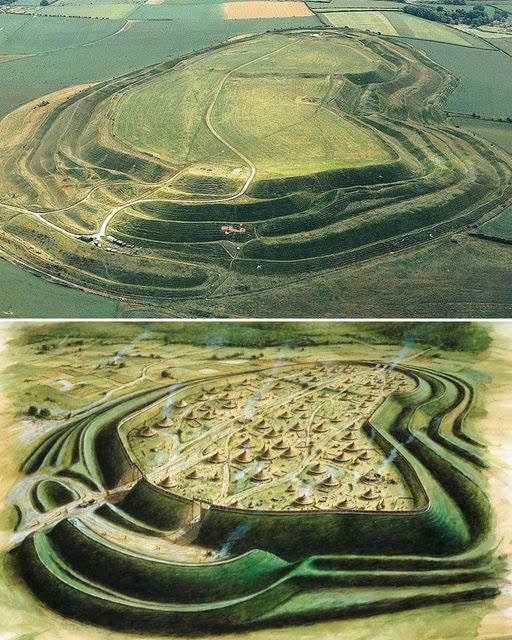Standing proudly atop the rolling hills of Dorset, England, Maiden Castle emerges as a remarkable testament to human ingenuity and determination. As Britain’s largest hill fort, this 914-meter-long Iron Age marvel continues to captivate visitors with its rich history and impressive archaeological legacy.
The Birth of a Fortress
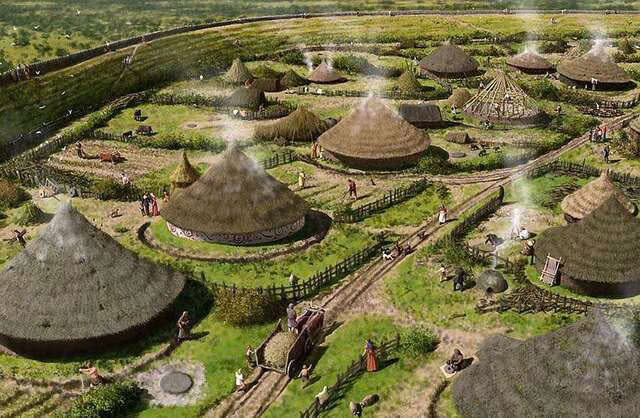
The story of Maiden Castle begins around 600 BC, when Iron Age Britons sought refuge in elevated strongholds. What started as a modest structure would eventually transform into one of Europe’s most formidable ancient fortifications. By 450 BC, the fort underwent a dramatic expansion, reflecting the growing needs of its thriving community.
Engineering Marvel of the Iron Age

The fort’s defensive system was a masterpiece of ancient engineering. Multiple layers of deep ditches and steep earthwork banks created an intricate maze-like barrier that would exhaust any attempting invader. The carefully designed entrances forced attackers through narrow, winding paths, making them vulnerable to defenders positioned above – a testament to the strategic brilliance of Iron Age builders.
Life Within the Walls
A Vibrant Community
Behind these impressive defenses lay a bustling community of hundreds. The fort was alive with activity as artisans crafted tools and pottery, farmers tended to crops, and traders exchanged goods. Each resident played a vital role in maintaining the settlement’s self-sufficiency and security.
Daily Life and Culture
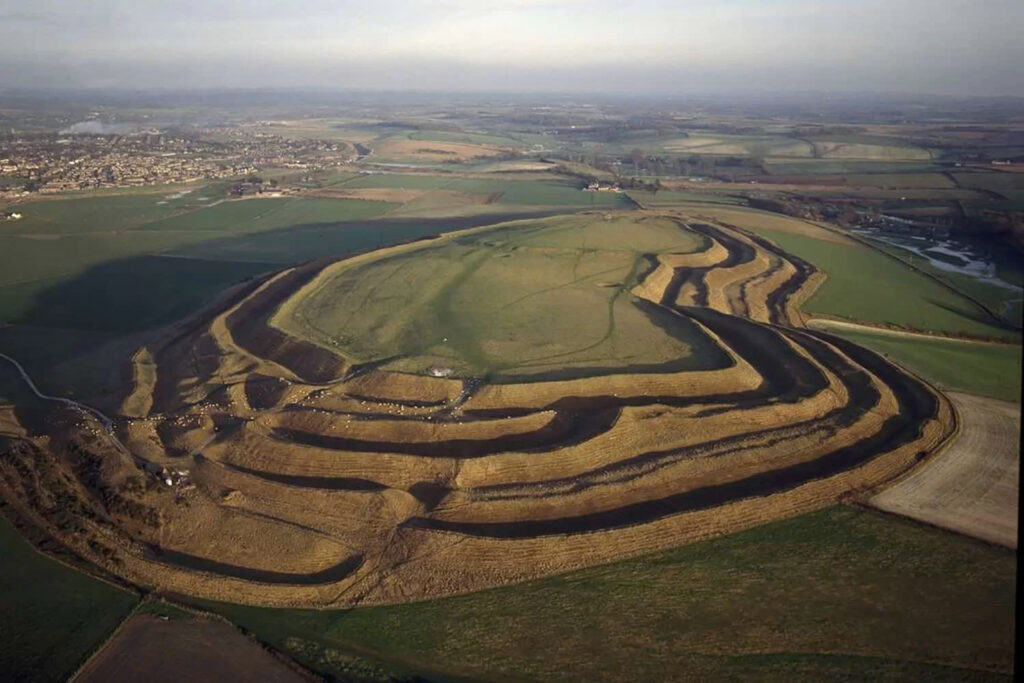
Archaeological discoveries paint a vivid picture of daily life at Maiden Castle. Unearthed artifacts – from practical tools to decorative jewelry – reveal a society that valued both functionality and beauty. Evidence of grain storage and animal bones suggests a well-rounded diet, while discovered human remains tell tales of conflicts and the fort’s crucial defensive role.
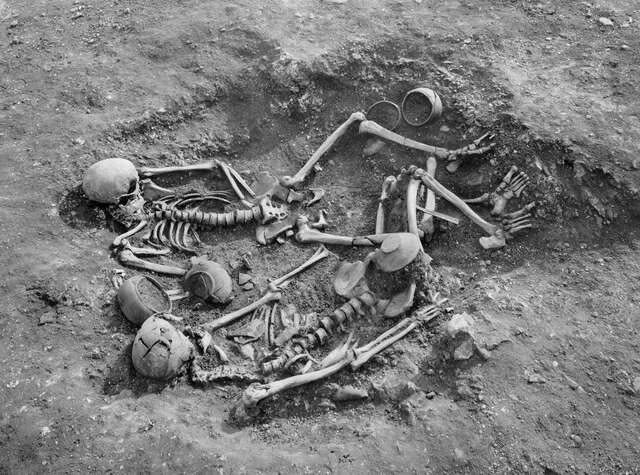
The Roman Impact and Legacy
The arrival of Roman forces in AD 43 marked a turning point for Maiden Castle. As Roman influence spread across Britain, the traditional hill fort system gradually became obsolete. The community dispersed, leaving behind a monument that would stand as a reminder of their achievements.
Modern Day Significance

Today, Maiden Castle stands as a Scheduled Ancient Monument, its impressive earthworks still visible against the Dorset skyline. Visitors walking along its ancient ramparts can connect with a distant past, imagining the lives of those who once called this remarkable structure home.
A Window to the Past
Maiden Castle represents more than just an ancient fortification – it’s a window into Iron Age Britain, showcasing the remarkable achievements of our ancestors. Its preservation ensures that future generations can continue to learn from and be inspired by this extraordinary feat of ancient engineering and community organization.
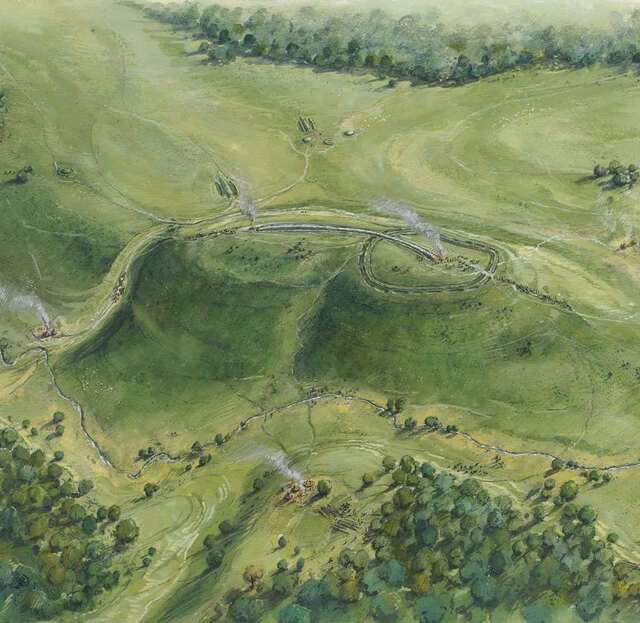
The fort’s enduring presence reminds us of a time when communities united to create something truly magnificent. Through careful preservation and continued study, Maiden Castle maintains its role as a bridge between past and present, telling the story of those who shaped Britain’s early history through their courage, skill, and determination.
